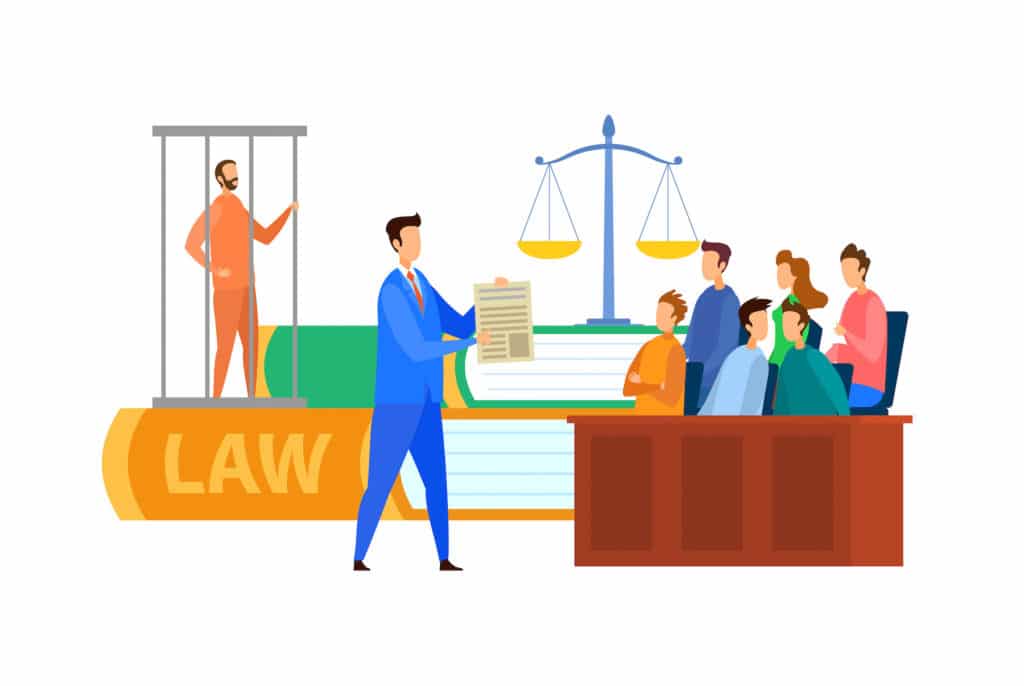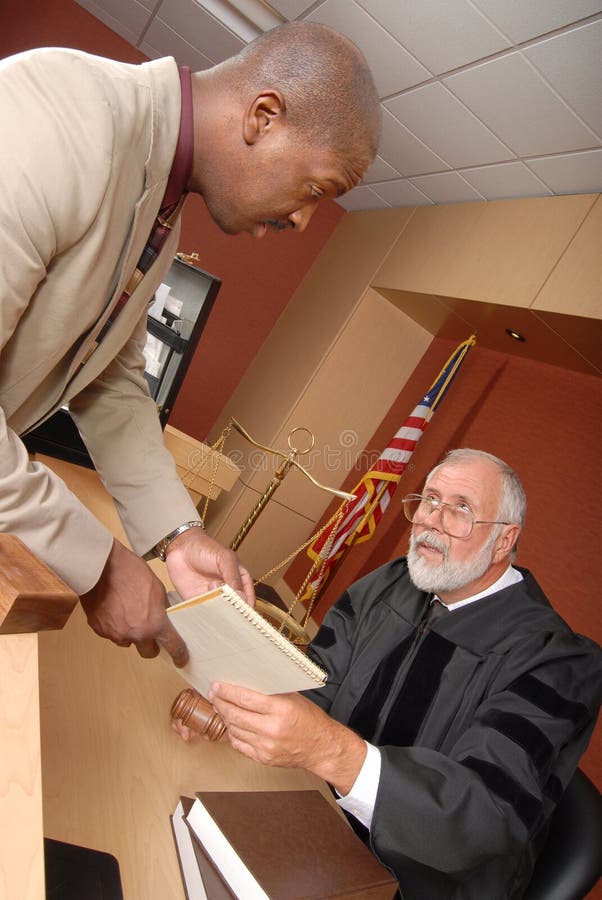The Duty of Aesthetic Help in Effective Trial Presentations: A Guide for Attorneys
The Duty of Aesthetic Help in Effective Trial Presentations: A Guide for Attorneys
Blog Article
Browsing the Intricacies of Trial Presentations: Tips for Seamless Shipment and Compelling Debates
In the world of lawful proceedings, the art of trial presentation stands as an essential component of success. As attorneys browse the intricate internet of courtroom characteristics, the capacity to seamlessly provide debates and proof while captivating the court's focus comes to be paramount. The complexities intrinsic in test discussions need a fragile balance of ability, approach, and finesse. By sharpening strategies that guarantee a polished delivery and crafting engaging arguments that resonate with the audience, attorneys can dramatically enhance their advocacy. In a globe where persuasion preponderates, grasping the intricacies of test presentations is not simply an option yet a need for those looking for to dominate in the court.

Recognizing Test Goals
To efficiently navigate a test, it is important to have a clear understanding of the objectives that need to be attained. Prior to entering the courtroom, lawful groups should define their goals and desired outcomes. These objectives function as leading concepts throughout the trial, forming methods and affecting decision-making procedures.
Comprehending trial objectives entails an extensive analysis of the situation, lawful precedents, and the client's benefits. Trial Presentations. It needs a careful exam of the realities, identifying vital problems, and expecting prospective obstacles. By establishing specific and quantifiable goals, attorneys can tailor their presentations and disagreements to straighten with the preferred outcomes
Furthermore, a clear grip of test purposes enables lawful groups to focus on proof, witnesses, and lawful debates efficiently. It permits the advancement of a systematic narrative that reverberates with the discretionary, strengthening the overall situation discussion.

Organizing Proof Properly
Having a clear understanding of trial purposes lays the foundation for organizing proof properly in legal procedures. By straightening the discussion of evidence with the desired end results of the trial, lawful teams can reinforce their arguments and enhance their persuasiveness.
One more secret element in organizing evidence effectively is developing a logical circulation. Offering proof in a sequential and meaningful fashion can aid build a compelling narrative that supports the lawful debates being made. Furthermore, utilizing visual help such as timelines, charts, or charts can better boost the organization of proof and assist in clearing up complex connections or series of events.
In addition, ensuring that all proof presented is appropriate and permissible to the instance is important. Unnecessary or inadmissible evidence can detract from the stamina of the disagreement and potentially hurt the integrity of today party. A thorough testimonial and choice process should be embarked on to include only the most impactful and lawfully sound proof in the test presentation.
Crafting Convincing Stories
Crafting compelling stories plays an essential duty in providing influential debates throughout lawful proceedings. A well-crafted story has the power to captivate the target market, evoke feelings, and eventually persuade the decision for the presenting event. When building a story for a test discussion, it is necessary to develop a clear story that highlights bottom lines and attaches them in a meaningful manner. Begin by outlining the facts of the instance in a compelling way, guaranteeing that the sequence of events is simple to adhere to. Present characters properly, providing background info that helps the target market comprehend their motivations and actions. Furthermore, incorporating brilliant descriptions and appealing language can bring the narrative to life, making it more unforgettable for the judge and court. By weaving together proof, testament, and lawful debates into a convincing and natural narrative, attorneys can successfully advocate for their customers and raise the probability of a positive result in the court room.
Grasping Aesthetic Help
Reliable use visual help is key to enhancing the impact and clarity of trial discussions. Visual aids, when utilized purposefully, have the power to simplify intricate details, enhance bottom lines, and leave a long-term impact on the discretionary. To master aesthetic aids in test discussions, it is important to ensure that they are clear, succinct, and appropriate to the arguments being made.
When including visual aids, such as graphes, timelines, charts, or photos, into a test presentation, it is essential to maintain them visually appealing yet professional. The visuals need to enhance the spoken disagreements, supplying a visual depiction of the details being talked about without frustrating the audience with unnecessary details.
Additionally, exercising with the aesthetic aids beforehand is imperative to make certain a seamless shipment throughout the test. Familiarizing oneself with the content, shifts, and timings of each visual aid can help preserve the flow of the presentation and avoid technical glitches that may occur.
Providing Impactful Closing Debates
A compelling closing argument serves as the end result of a test presentation, encapsulating the core narrative and encouraging the judge and jury towards a beneficial decision. Begin by describing the main arguments that support your client's position, emphasizing why the evidence provided throughout the test sustains your narrative.
In addition, incorporating sob story can additionally enhance your closing disagreement. By connecting and humanizing the case on an individual degree with the decision-makers, you can stimulate compassion and understanding, influencing their perception of the facts offered. Furthermore, reiterating the lawful criteria that need to be met for a positive judgment can strengthen the credibility of your placement. Inevitably, a well-crafted closing debate need to leave an enduring impression, engaging the judge and jury to regulation in click here now your client's support.
Verdict
In verdict, understanding trial presentations involves recognizing objectives, arranging evidence, crafting stories, making use of aesthetic help, and providing impactful closing arguments. By carrying out these techniques efficiently, legal representatives can present their instance effortlessly and make engaging disagreements in the courtroom. It is critical to navigate the intricacies of trial presentations with accuracy and skill to attain success in lawful process.
By straightening the discussion of evidence with the wanted outcomes of the test, lawful teams can enhance their arguments and improve their persuasiveness (Trial Presentations). To grasp visual aids in test discussions, it is important to ensure that they are clear, concise, and pertinent to the arguments being made
An engaging closing disagreement serves weblink as the end result of a trial discussion, enveloping the core narrative and persuading the court and jury towards a desirable decision. Begin by detailing the primary debates that sustain your client's setting, emphasizing why the evidence provided throughout the trial supports your story.In conclusion, grasping trial discussions includes comprehending objectives, arranging proof, crafting narratives, utilizing visual aids, and delivering impactful closing see this page debates.
Report this page